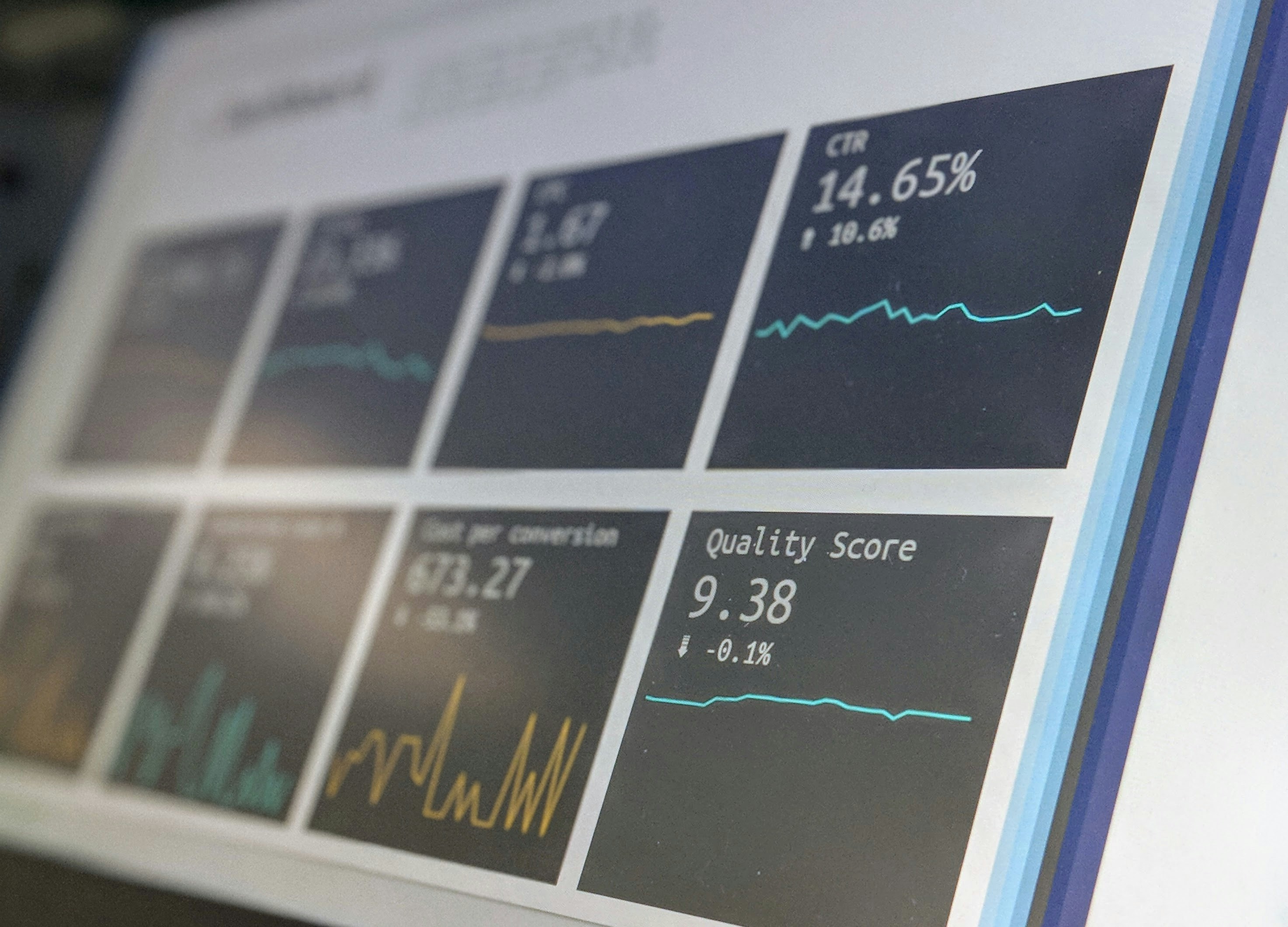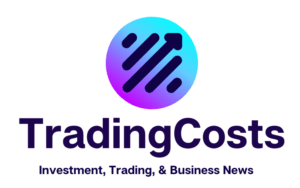In the world of big data today, business intelligence software is used to pinpoint and extract valuable insights from several data sources. So what is business intelligence? It is an umbrella term that includes the tools, processes, and infrastructure used in business analytics to identify, analyze, and access key information and inform decisions. Business intelligence tools and systems are used with internal and external data sources that allow business users to analyze market trends. The information is used to present business insights to all stakeholders, inform business decisions, and provide responsive outcomes.
In recent years, business intelligence processes have moved away from being a primary IT function to a core business practice. In the past, business analytics consisted of complex reports and data analysis. Today, however, there is a wide range of intuitive and accessible business intelligence solutions available. These tools afford business users access to dashboards, data visualizations, graphs, and other data analytics that help turn raw data into invaluable business insights.
Employing business intelligence strategies is crucial for the fast-moving business environment today. To keep up with all of the trends in data mining and predictive analytics, businesses need to know how to harness this technology to aid people, processes, and business decisions. To do this, companies need tools in place and must be mindful of best practices. Let’s take a look at the best practices for using business intelligence to help your company succeed.
Solicit organization-wide buy-in.

A disorganized business intelligence system and failed universal adoption is the fastest track to failure. To maximize the success of your business intelligence platform, it is essential to get organization-wide buy-in. With the massive amounts of big data available, all business operations, from sales and marketing to human resources, can benefit from actionable information. To that end, an inclusive group from all departments should be involved in implementation. This best practice includes getting all parties to collaborate from the beginning. IT is also a key stakeholder that should be involved from the beginning. Business analytics operations won’t require heavy IT involvement, but it doesn’t mean that IT shouldn’t be included. From analytics procurement, implementation, and management processes, IT teams offer valuable knowledge and insight.
Identify data sources.

No matter the size, all organizations are collecting some amount of data that influences most business operations. The problem is that often, the data can be spread across a variety of systems and platforms. Data may be stored in various databases and spreadsheets. Obtaining the needed information can be difficult. The solution is to view the data as a set of answers to specific questions. Start with the question or hypothesis that needs an answer and check the data for information. Businesses could also take advantage of a data warehouse to improve information gathering. With the right tools, data sources can be identified, compiled, and blended.
Educate and empower your business community.

Empowering the broader business community with knowledge is a key objective of business intelligence. Training individuals and departments on established terminology and metrics can help to improve data literacy. This will also help unlock data for ease of access and faster insights. Effective training and education on analytical processing can advance comprehension, performance, and investment in business objectives. This can be done through demonstrations of the dashboard, data visualizations, and other BI applications. Custom PowerPoint templates can also be used to explain things like performance metrics and analytic applications. Business intelligence is constantly changing. As much education as businesses can empower the entire business performance system.
Design impactful dashboards.

Perhaps one of the most valuable business intelligence tools for reporting is the dashboard. When implementing dashboard visualizations, there a few things to consider. Your presentation needs to be simple, clear, consistent, and should convey accurate information. It is important to produce data analysis that is as concise and as simple as possible so that all users can analyze trends and understand significant data points and insights. You will want to place elements with the most important information at the top of the dashboard. A more detailed analysis should be included as needed progressing downward. Dashboard elements need to answer questions and present data in an accurate and appropriate format. The key to business intelligence reporting is to give the intended audience an easy way to understand patterns and insights from the data to inform decision making.
These are just a few business intelligence best practices that could be essential to keeping a competitive edge and ensuring that deeper insights can be gained from available data.











